-
 Bitcoin
Bitcoin $106,754.6083
1.33% -
 Ethereum
Ethereum $2,625.8249
3.80% -
 Tether USDt
Tether USDt $1.0001
-0.03% -
 XRP
XRP $2.1891
1.67% -
 BNB
BNB $654.5220
0.66% -
 Solana
Solana $156.9428
7.28% -
 USDC
USDC $0.9998
0.00% -
 Dogecoin
Dogecoin $0.1780
1.14% -
 TRON
TRON $0.2706
-0.16% -
 Cardano
Cardano $0.6470
2.77% -
 Hyperliquid
Hyperliquid $44.6467
10.24% -
 Sui
Sui $3.1128
3.86% -
 Bitcoin Cash
Bitcoin Cash $455.7646
3.00% -
 Chainlink
Chainlink $13.6858
4.08% -
 UNUS SED LEO
UNUS SED LEO $9.2682
0.21% -
 Avalanche
Avalanche $19.7433
3.79% -
 Stellar
Stellar $0.2616
1.64% -
 Toncoin
Toncoin $3.0222
2.19% -
 Shiba Inu
Shiba Inu $0.0...01220
1.49% -
 Hedera
Hedera $0.1580
2.75% -
 Litecoin
Litecoin $87.4964
2.29% -
 Polkadot
Polkadot $3.8958
3.05% -
 Ethena USDe
Ethena USDe $1.0000
-0.04% -
 Monero
Monero $317.2263
0.26% -
 Bitget Token
Bitget Token $4.5985
1.68% -
 Dai
Dai $0.9999
0.00% -
 Pepe
Pepe $0.0...01140
2.44% -
 Uniswap
Uniswap $7.6065
5.29% -
 Pi
Pi $0.6042
-2.00% -
 Aave
Aave $289.6343
6.02%
What is the investment prospect of MANA coin?
Decentraland's MANA token stands as a compelling investment opportunity due to its role as the native currency within the burgeoning Decentraland virtual reality platform, benefiting from platform growth, Metaverse potential, and limited token supply.
Oct 05, 2024 at 09:23 am
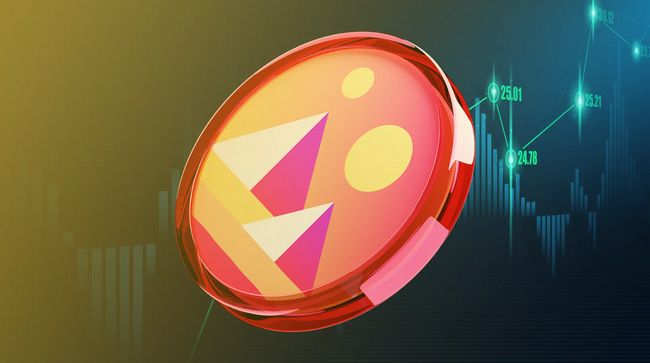
Investment Prospect of Decentraland's MANA Token
1. What is Decentraland and MANA?
Decentraland is a decentralized virtual reality platform built on the Ethereum blockchain. It allows users to own and develop digital land parcels, which can be used to create various experiences, such as games, social spaces, and marketplaces. MANA is the native token of Decentraland, used for transactions within the platform, including land purchases, in-game items, and service fees.
2. Market Performance:
Since its launch in 2017, MANA has shown significant growth in market value. Here's a brief overview:
- 2017: Initial coin offering (ICO) raised over $26 million.
- 2018-2020: Price fluctuated between $0.02 and $0.10, primarily due to market volatility.
- 2021: Reached a peak price of over $6 in February, fueled by rising interest in virtual reality and Metaverse-related investments.
- 2022-Present: Price has retraced somewhat but remains above pre-2021 levels. As of March 2023, MANA is trading around $1.20.
3. Use Cases and Adoption:
MANA has several use cases within the Decentraland ecosystem:
- Land Ownership: Purchase, trade, or rent digital land parcels to create and monetize experiences.
- In-Game Purchases: Acquire wearable items, avatar accessories, and other virtual assets.
- Service Fees: Pay transaction fees within the platform, including estate creation, wearable transfers, and more.
- Governance: Participate in Decentraland's decentralized autonomous organization (DAO) by voting on proposals to influence platform development and policies.
4. Investment Considerations:
Pros:
- Growing Platform: Decentraland's user base and active land developments are increasing, indicating a potential for sustained growth.
- Metaverse Potential: As the concept of the Metaverse gains traction, platforms like Decentraland are expected to benefit from increased demand for virtual experiences.
- Limited Supply: MANA has a limited supply of 2,193,776,338 tokens, potentially increasing its scarcity value.
- Strong Community: The Decentraland community is actively engaged in platform development and governance.
Cons:
- Market Volatility: The cryptocurrency market is inherently volatile, so MANA's price can fluctuate significantly.
- Competition: Other virtual reality platforms may emerge, increasing competition in the sector.
- Regulatory Risk: Regulations regarding virtual reality platforms may evolve, potentially impacting their operations.
5. Potential Growth Drivers:
- Increased Adoption: Wider acceptance of virtual reality and the Metaverse concept could drive further adoption of Decentraland.
- Platform Enhancements: New features and functionalities within Decentraland can enhance user experience and attract new investors.
- Partnerships and Collaborations: Partnerships with other companies and organizations can expand Decentraland's ecosystem and boost token value.
Conclusion:
The investment prospect of MANA depends on various factors, including platform growth, market volatility, and regulatory developments. Its limited supply and potential for growth in the Metaverse sector make it a potentially attractive investment for those seeking exposure to virtual reality and digital asset investments. However, investors should carefully consider the risks involved and diversify their portfolios accordingly.
Disclaimer:info@kdj.com
The information provided is not trading advice. kdj.com does not assume any responsibility for any investments made based on the information provided in this article. Cryptocurrencies are highly volatile and it is highly recommended that you invest with caution after thorough research!
If you believe that the content used on this website infringes your copyright, please contact us immediately (info@kdj.com) and we will delete it promptly.
- Arizona Senate, Bitcoin Reserve, Bill Revived: What's the Deal?
- 2025-06-20 12:25:12
- LayerZero's ZRO Price Under Pressure: Token Unlock Looms Large
- 2025-06-20 12:25:12
- Ripple, XRP, and Coinbase: Navigating Whale Movements and ETF Hopes
- 2025-06-20 12:45:13
- Bitcoin, Geopolitical Tensions, and Cheap Plays: A New Yorker's Take
- 2025-06-20 12:45:13
- Quantum Computing, Bitcoin, and Cryptographic Threats: A New York Minute on the Looming Crisis
- 2025-06-20 12:31:56
- Bitcoin ETFs, Institutional Inflows, and Market Trends: A New Yorker's Take
- 2025-06-20 12:51:45
Related knowledge
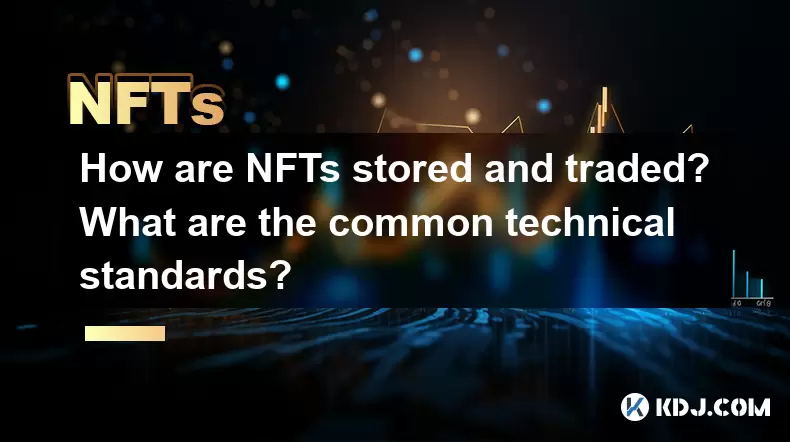
How are NFTs stored and traded? What are the common technical standards?
Jun 20,2025 at 08:49am
Understanding NFT Storage MechanismsNon-Fungible Tokens (NFTs) are digital assets that represent ownership of a unique item or piece of content, such as art, music, videos, or virtual real estate. The way NFTs are stored is crucial to their security and accessibility. Most NFTs are built on blockchain platforms like Ethereum, and the actual file—such as...

What is the difference between NFT and digital collectibles? A must-read guide for beginners
Jun 19,2025 at 09:42pm
Understanding the Basics of NFTsNFTs, or Non-Fungible Tokens, are unique digital assets that represent ownership of a specific item or piece of content on the blockchain. Unlike cryptocurrencies such as Bitcoin or Ethereum, which are fungible and can be exchanged one-for-one, each NFT has distinct properties and cannot be directly replaced by another to...
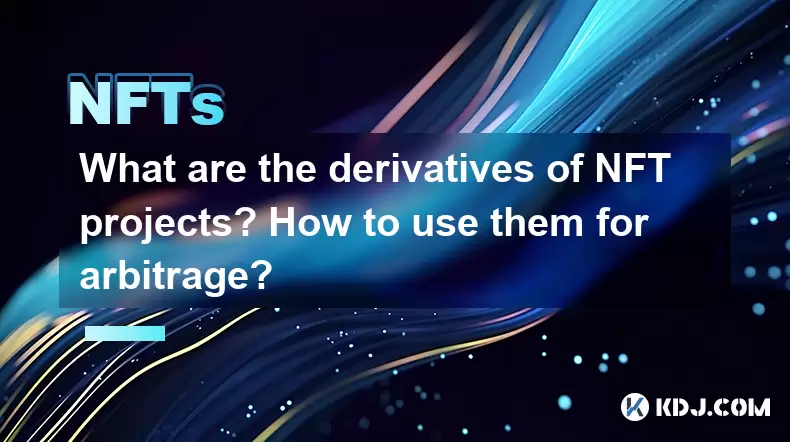
What are the derivatives of NFT projects? How to use them for arbitrage?
Jun 20,2025 at 06:14am
Understanding the Derivatives of NFT ProjectsNFTs, or non-fungible tokens, have evolved beyond simple digital collectibles. In recent years, derivatives of NFT projects have emerged as a new financial layer within the blockchain ecosystem. These derivatives are essentially financial instruments derived from the value and performance of underlying NFT as...
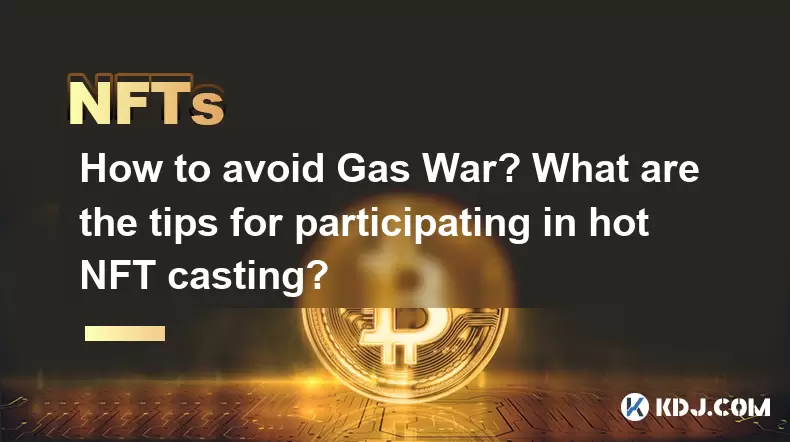
How to avoid Gas War? What are the tips for participating in hot NFT casting?
Jun 19,2025 at 11:00pm
Understanding Gas Wars in the NFT SpaceIn the world of NFT casting and minting, a Gas War refers to the intense competition among users on blockchain networks like Ethereum, where participants raise their gas fees to prioritize transaction confirmations. This typically occurs during high-demand NFT drops, especially when limited-edition digital assets a...
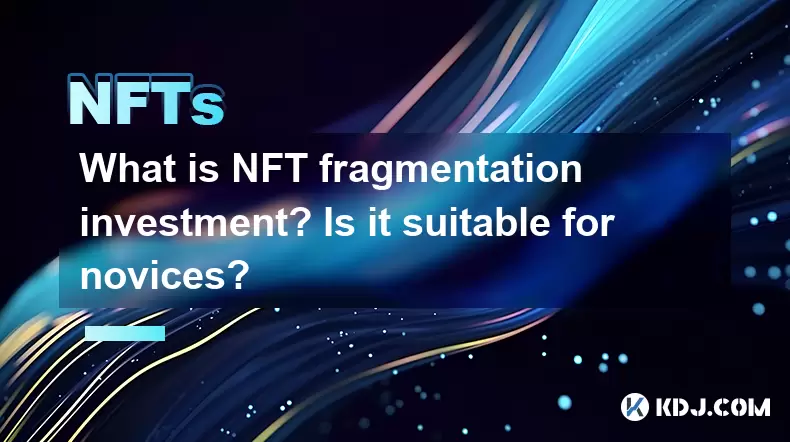
What is NFT fragmentation investment? Is it suitable for novices?
Jun 20,2025 at 02:01am
Understanding NFT Fragmentation InvestmentNFT fragmentation investment refers to the process of dividing a single non-fungible token (NFT) into multiple smaller, fungible tokens. This allows investors to purchase portions of an NFT rather than having to buy the entire asset outright. The concept is similar to buying shares in a company — instead of owni...
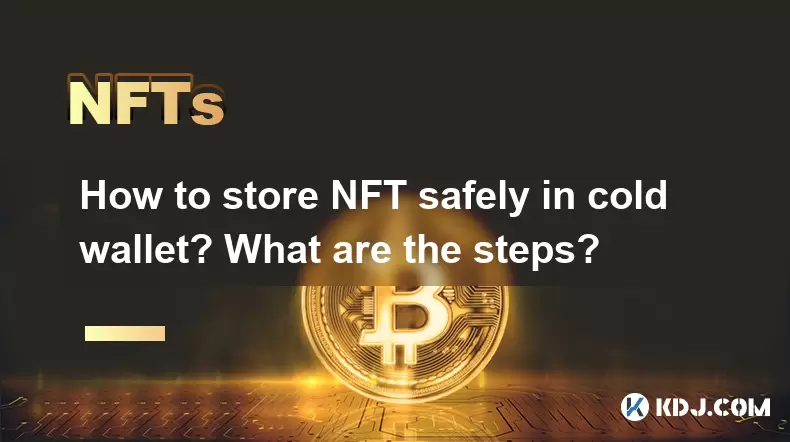
How to store NFT safely in cold wallet? What are the steps?
Jun 20,2025 at 06:57am
Understanding Cold Wallets and Their Importance for NFT StorageStoring NFTs securely is a critical concern for digital asset owners. A cold wallet, also known as a hardware wallet, provides offline storage for cryptocurrencies and blockchain-based assets like NFTs. Unlike hot wallets, which are connected to the internet and more vulnerable to hacking, c...

How are NFTs stored and traded? What are the common technical standards?
Jun 20,2025 at 08:49am
Understanding NFT Storage MechanismsNon-Fungible Tokens (NFTs) are digital assets that represent ownership of a unique item or piece of content, such as art, music, videos, or virtual real estate. The way NFTs are stored is crucial to their security and accessibility. Most NFTs are built on blockchain platforms like Ethereum, and the actual file—such as...

What is the difference between NFT and digital collectibles? A must-read guide for beginners
Jun 19,2025 at 09:42pm
Understanding the Basics of NFTsNFTs, or Non-Fungible Tokens, are unique digital assets that represent ownership of a specific item or piece of content on the blockchain. Unlike cryptocurrencies such as Bitcoin or Ethereum, which are fungible and can be exchanged one-for-one, each NFT has distinct properties and cannot be directly replaced by another to...

What are the derivatives of NFT projects? How to use them for arbitrage?
Jun 20,2025 at 06:14am
Understanding the Derivatives of NFT ProjectsNFTs, or non-fungible tokens, have evolved beyond simple digital collectibles. In recent years, derivatives of NFT projects have emerged as a new financial layer within the blockchain ecosystem. These derivatives are essentially financial instruments derived from the value and performance of underlying NFT as...

How to avoid Gas War? What are the tips for participating in hot NFT casting?
Jun 19,2025 at 11:00pm
Understanding Gas Wars in the NFT SpaceIn the world of NFT casting and minting, a Gas War refers to the intense competition among users on blockchain networks like Ethereum, where participants raise their gas fees to prioritize transaction confirmations. This typically occurs during high-demand NFT drops, especially when limited-edition digital assets a...

What is NFT fragmentation investment? Is it suitable for novices?
Jun 20,2025 at 02:01am
Understanding NFT Fragmentation InvestmentNFT fragmentation investment refers to the process of dividing a single non-fungible token (NFT) into multiple smaller, fungible tokens. This allows investors to purchase portions of an NFT rather than having to buy the entire asset outright. The concept is similar to buying shares in a company — instead of owni...

How to store NFT safely in cold wallet? What are the steps?
Jun 20,2025 at 06:57am
Understanding Cold Wallets and Their Importance for NFT StorageStoring NFTs securely is a critical concern for digital asset owners. A cold wallet, also known as a hardware wallet, provides offline storage for cryptocurrencies and blockchain-based assets like NFTs. Unlike hot wallets, which are connected to the internet and more vulnerable to hacking, c...
See all articles

























































































